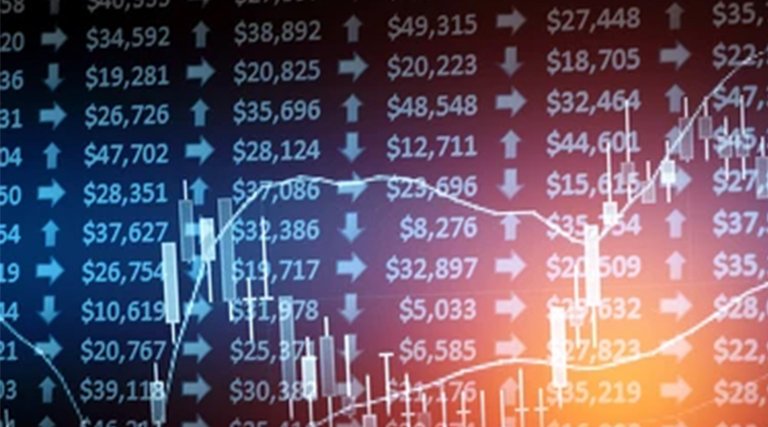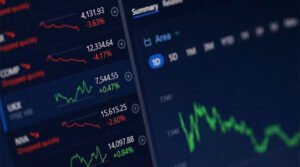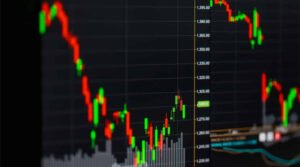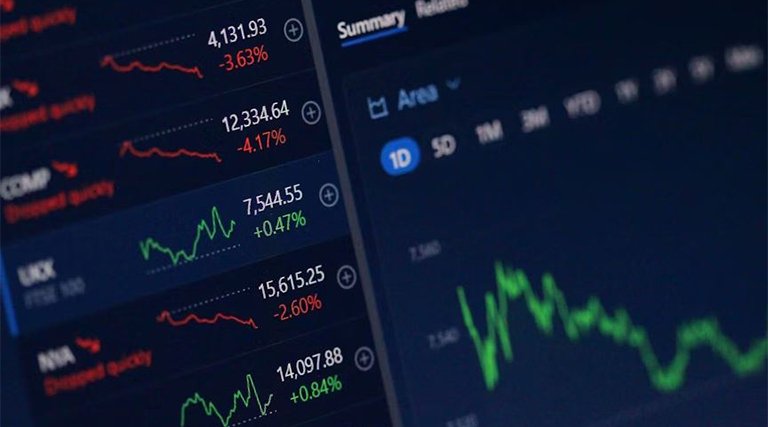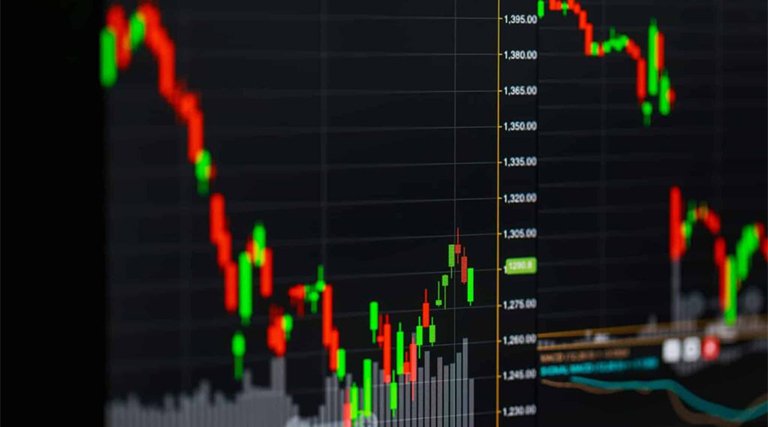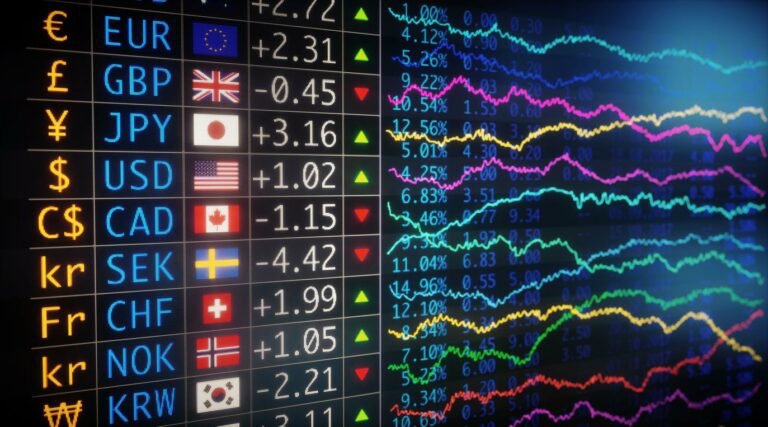One of the most exciting features of forex trading is leverage. It allows traders to control large positions with a relatively small amount of money. But while leverage can multiply profits, it can also magnify losses just as quickly.
So how does leverage really work in forex, and how much is too much? Let’s break it down.
What Is Leverage in Forex?
Leverage is essentially a loan provided by your broker that lets you trade larger positions than your actual account balance.
Example: With 1:100 leverage, you can control a $100,000 position with just $1,000 in your account.
This means you don’t need massive capital to participate in the forex market—but it also means risk increases dramatically.
How Does Leverage Work?
Leverage is expressed as a ratio, such as 1:10, 1:50, 1:100, or even 1:500.
- 1:10 leverage → $1 controls $10 in the market
- 1:100 leverage → $1 controls $100 in the market
- 1:500 leverage → $1 controls $500 in the market
The higher the leverage, the less margin you need to open a trade. However, your exposure to risk increases equally.
The Benefits of Leverage
- Access to larger trades without needing huge capital
- Higher profit potential if the market moves in your favor
- Flexibility for small account holders to trade like professionals
The Risks of High Leverage
Leverage is often called a double-edged sword. Here’s why:
- Losses multiply just as quickly as profits
- Margin calls happen faster with high leverage if the market moves against you
- Emotional pressure increases when your account balance fluctuates rapidly
A beginner using 1:500 leverage can wipe out their account in just a few trades.
How Much Leverage Is Too Much?
There is no single “perfect leverage,” but here are some guidelines:
- Beginners: 1:10 to 1:30 is safer while learning
- Intermediate traders: 1:50 to 1:100 if combined with strict risk management
- Experienced traders: Higher leverage (1:200+) may be useful but only with disciplined strategies
If you are just starting out, avoid chasing the maximum leverage offered by offshore brokers. Safety should always come first.
Tips for Using Leverage Safely
- Use stop-loss orders on every trade
- Risk only 1–2% of your account per trade
- Start small and increase gradually as you gain experience
- Choose a regulated broker with transparent margin policies
- Test leverage in a demo account before trading live
Final Thoughts
Leverage can be a powerful tool in forex trading, but it must be handled with care. For beginners, the safest approach is to start with low leverage, practice proper risk management, and focus on consistency rather than quick profits.
Remember: in forex, preserving your capital is more important than chasing high returns. The traders who survive are the ones who manage risk wisely.

